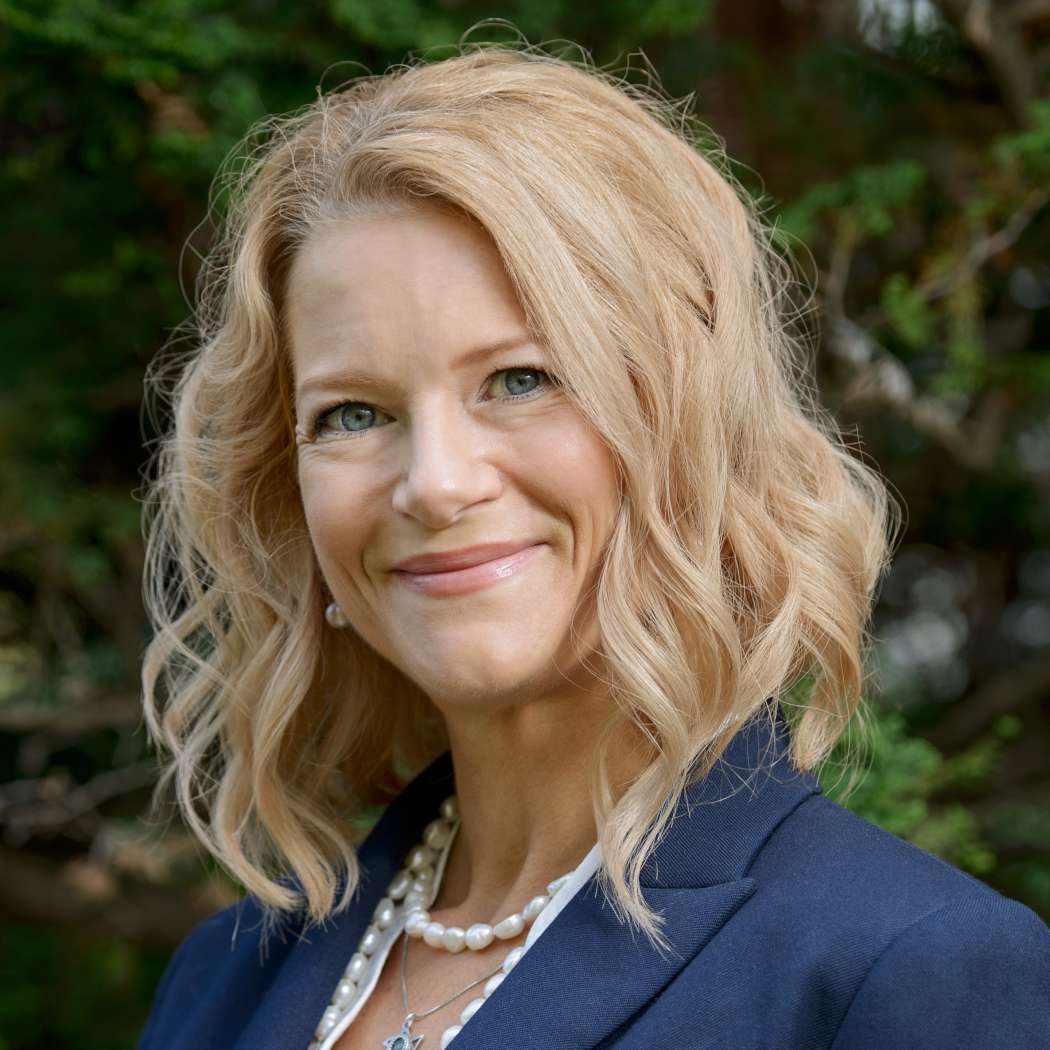Press Release
NEW REPORT EXAMINES NATIVE AMERICAN VOTER PARTICIPATION IN NEW MEXICO’S 2020 PRIMARY ELECTION
Common Cause New Mexico released a report examining Native American voter participation in the 2020 Primary, as well as in elections of 2012 and 2016. The report was based on information from the New Mexico Secretary of State’s office and an informal survey of Native American voters throughout New Mexico conducted in July and August.
The report also includes information on strategies other states with native populations are using to remove barriers and increase turnout among the historically under-represented populations.
The report found that in New Mexico, Native American voter participation decreased nearly 1% from the 2016 primary to the 2020 primary, while statewide voter turnout increased almost 8% during the same period. Tribal communities with the greatest drops in voting were Zia Pueblo with a notable decrease of twenty-nine percent (Pct. 14-29%) in Sandoval county; two precincts in San Juan County (Pct. 14 with -20% and Pct. 17 with -17%) and one in McKinley County, (Pct. 12 with -17%). The McKinley and San Juan precincts are on the Navajo reservation.
Leading up to the to the 2020 Primary, COVID-19 rates of infection were at an alarming high in New Mexico’s tribal communities. The devastating impact of COVID-19 caused tribal leaders to enhance precautions by restricting access to non-residents and limiting the travel of residents. The majority of tribes, nations and pueblos are still imposing curfews and limiting public access to those communities as needed.
“COVID- 19 hit Native American communities disproportionately, and people faced new obstacles to voting,” said Amber Carrillo, Native American Voting Rights Organizer for Common Cause New Mexico. She said this was particularly true for Pueblos in Sandoval County where consolidating polling locations or eliminating them entirely went without public notice to Native American voters. Confusion mounted on Election Day when voters did not know where to go to cast their ballots in-person. Although the Navajo Nation made voting an “essential” activity, longer distances to consolidated polling locations created another logistical challenge.
Survey respondents cited COVID-19 as the most significant barrier, with more than half citing the disease as affecting their decision to vote—or not. Lack of information on ballot items and voting deadlines were the second and third most commonly cited barriers.
“Native American voters enjoy in-person voting at their regular polling place,” said Carrillo, “but this time, our data showed that 56% of those who voted, voted absentee and that is a sweeping change in favor of voting by mail. The data contradicts the assertions of reports and experts who cite voting by mail as having a potentially negative impact for tribal voters due to what is called “non-conforming” addressing and other issues associated with post office boxes. Our analysis suggests Native American preferences for voting by mail are large scale and casting a vote by mail was demonstrated to this electorate to be effective, efficient and safe. The data is very encouraging, but we must address the root causes of the 1% decrease in voting.”
In addition, most survey respondents said they would use an absentee ballot application and an absentee ballot if they were made available in the next election.
Carrillo said that all voting requires education and absentee voting for Native American voters is less familiar. A robust statewide voter education campaign about absentee voting procedures using culturally appropriate language materials would bring awareness and certainty about when and where to vote and what’s on the ballot. Information about strict deadlines and dates for early and in-person voting for the 2020 General Election cycle is needed, for example, and more information could help voters supply the required information to make sure their vote counts.
The accessibility problems raised in the report were addressed, to some extent, in the recent legislation passed during its special session. The new law guarantees each tribal area in New Mexico at least one polling location, even if the whole tribal community is closed to the general public. That polling location would be available only to residents in that precinct.
“There was a great deal of confusion during the primary election day,” said Carrillo, “and many who wanted to vote in person didn’t know where to go.”
Among the recommendations to make voting more accessible to Native Americans:
- Voter education and outreach efforts with language-appropriate materials to inform Native American voters how to register to vote, apply for and submit ballots including deadlines, procedures and locations for early and in-person voting
- The location of in-person polling sites within and nearby each tribal community
- with appropriate language materials and support
- Meaningful communication between state election officials, county clerks, tribal leadership and local post offices
The report was part of Common Cause’s Native American Voting Rights Project and was designed to help devise voter education efforts. Primary researchers were Lauren Soherr and Amber Carrillo.
The complete report is available at https://www.commoncause.org/nmnativevote
Common Cause is a nonpartisan grassroots organization dedicated to upholding the core values of American democracy. We work to create open, honest, and accountable government that serves the public interest; promote equal rights, opportunity, and representation for all; and empower all people to make their voices heard as equals in the political process.
